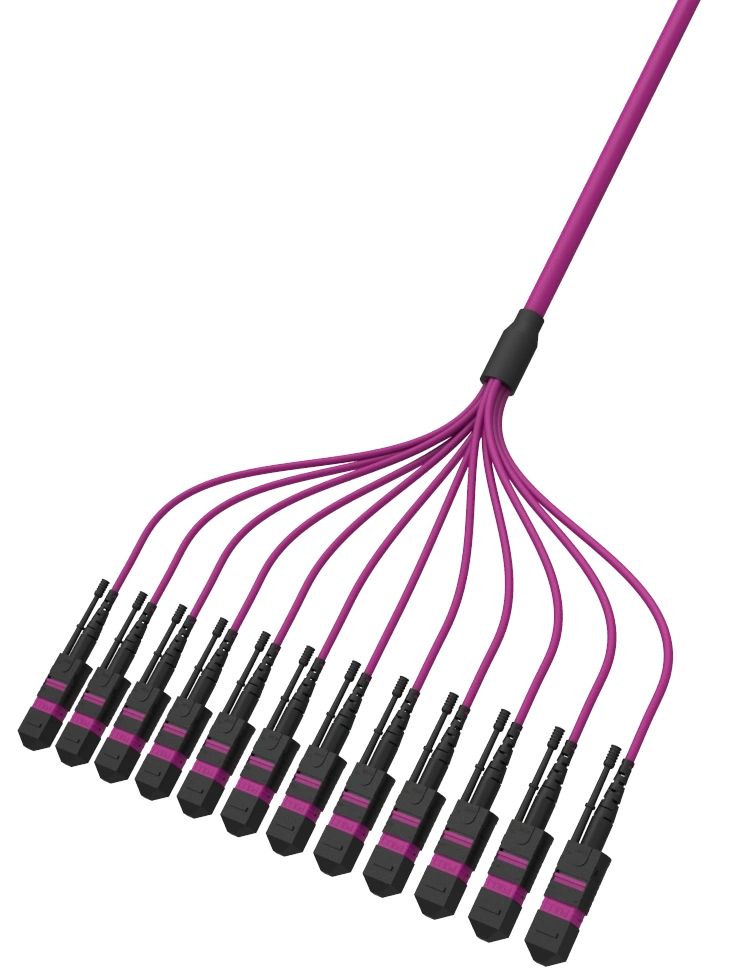
In the ever-evolving world of technology, the need for faster, more efficient data transmission has become crucial. Enter the MPO fiber optic cable, a game-changing solution that has revolutionized the way we transfer data. In this article, we will explore the intricacies and advantages of this remarkable invention.
The Basics of MPO Fiber Optic Cable
MPO fiber optic cable, short for Multi-fiber Push-On, is a high-density optical fiber connector typically used in data centers and telecommunications networks. It consists of multiple fibers bundled together in a single connector, allowing for the simultaneous transmission of multiple signals. This innovative design enables MPO fiber optic cables to achieve faster data transfer rates and higher bandwidth compared to traditional single-fiber connectors.
Benefits and Advantages
1. Increased Bandwidth: MPO fiber optic cables can support multiple data channels, allowing for higher bandwidth capacity. This means a significant boost in data transfer speed and improved network performance.
2. Easy Installation: The MPO connector's design simplifies installation processes. Instead of individually connecting each fiber, the MPO connector enables the simultaneous connection of multiple fibers in a single action, saving time and effort.
3. Space Efficiency: With the ability to consolidate multiple fibers into a single connector, MPO fiber optic cables require less physical space, making them ideal for high-density environments like data centers where space is limited.
4. Cost-Effective: Although initially more expensive than traditional connectors, the benefits of MPO fiber optic cables, such as reduced installation time and space efficiency, result in long-term cost savings. Additionally, advancements in technology have made MPO connectors more affordable over time.
Applications of MPO Fiber Optic Cable
MPO fiber optic cables have widespread applications in various industries, including:
Data Centers
In data centers, MPO fiber optic cables are extensively used to connect servers, switches, and other networking equipment. Their high bandwidth capacity and space-saving design make them an ideal choice for efficient data transmission in these environments.
Telecommunications
Telecommunications networks rely on MPO fiber optic cables to transmit large volumes of data over long distances. The ability to transmit multiple signals concurrently greatly enhances network performance and reliability.
Enterprise Networks
MPO fiber optic cables are also utilized in enterprise networks to connect different departments and facilitate seamless communication and data sharing. They provide a reliable and efficient solution for high-speed data transmission within organizations.
Conclusion
MPO fiber optic cables have transformed the landscape of data transmission, powering the ever-increasing demand for faster and more reliable connectivity. With their ability to transmit multiple signals simultaneously and their space-saving design, MPO fiber optic cables are the future of data transmission. Whether in data centers, telecommunications networks, or enterprise environments, MPO fiber optic cables continue to push the boundaries of what is possible in the digital world.



